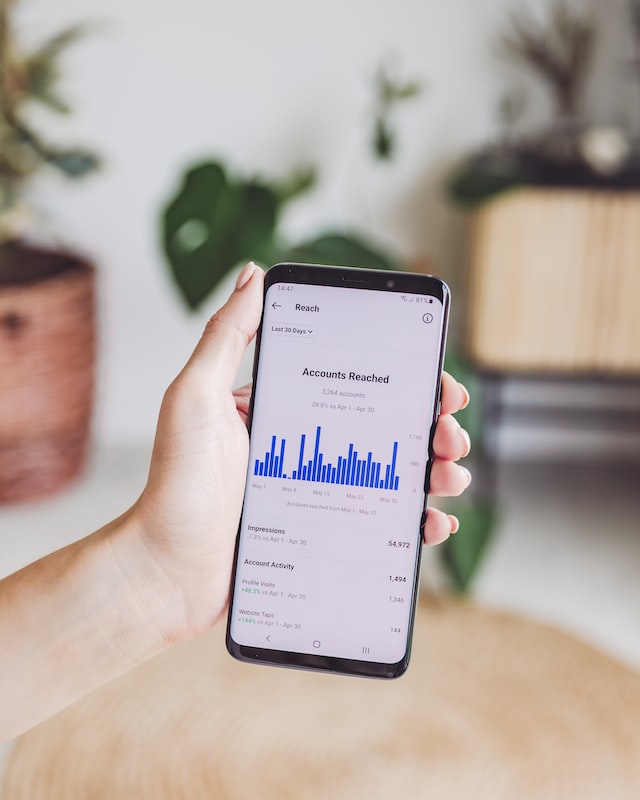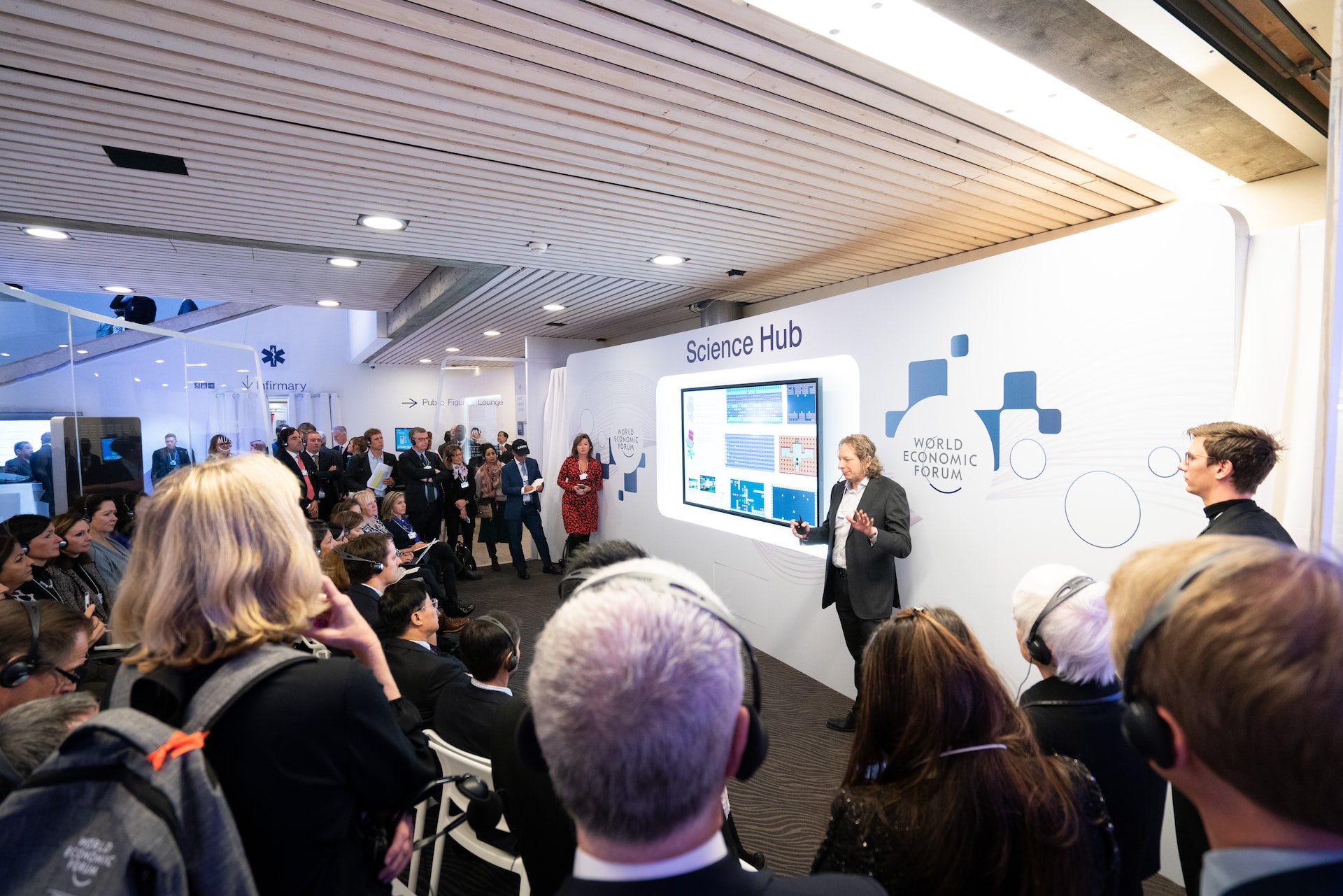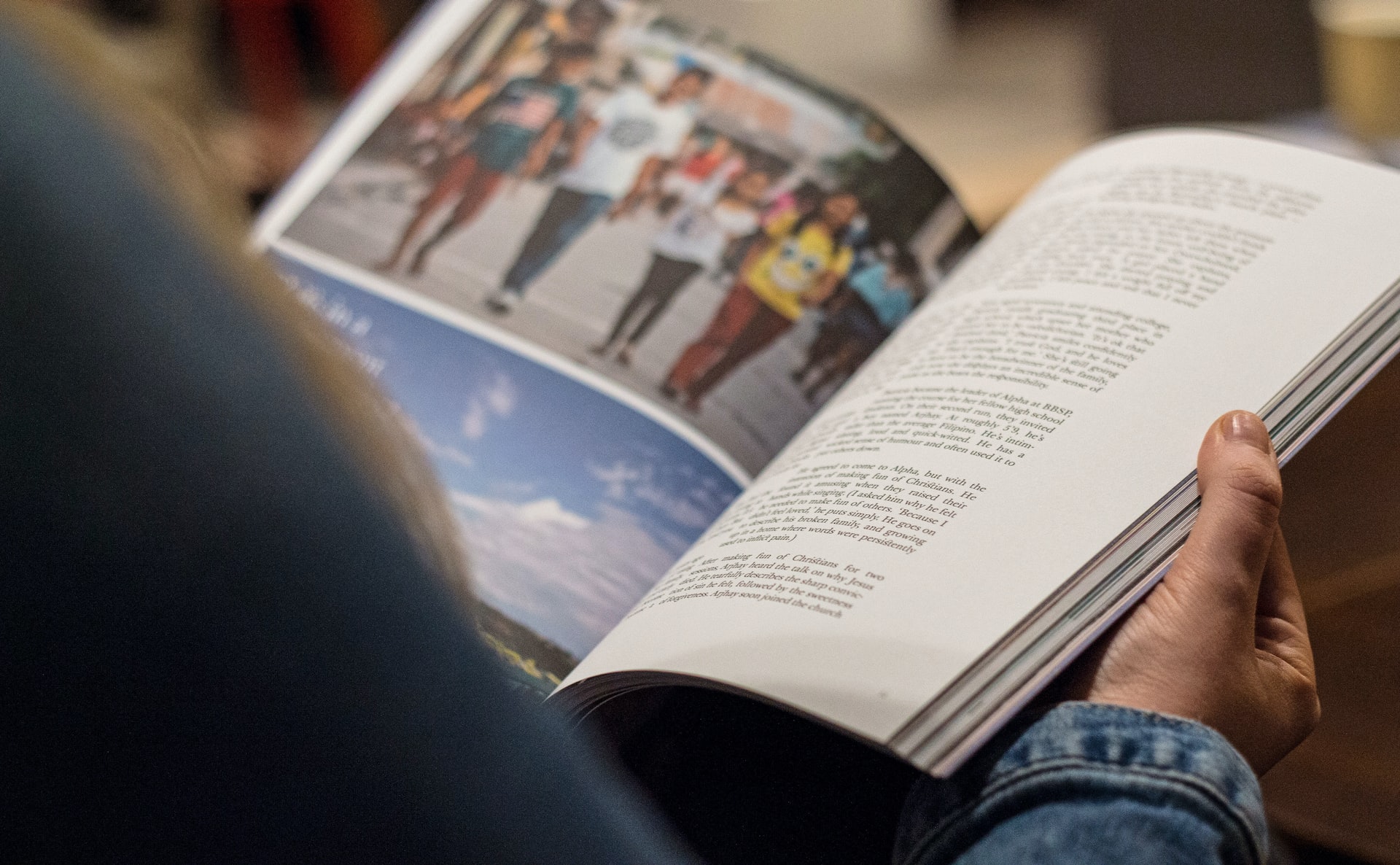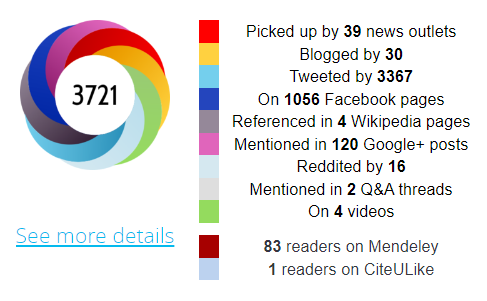Easy tips for promoting your work.
自我宣传可能是一项艰巨且耗时的任务。 每年发表 500万 到 700 万篇期刊文章,您的工作越来越需要被关注,而不是仅仅把发表作为最终目标。 以下技巧可以简化宣传流程并帮助您充分利用时间。
在本文中,我们将介绍:

从哪儿开始
是时候被发现了。 当人们阅读您的一篇论文时,他们可能想了解更多。 简化那个过程将帮助他们参与您的工作,并让他们更好地了解您希望参与的工作。
让我们一步一步地完成这个过程,从最简单和最重要的步骤到更困难和小众的步骤。
第 1 步:及时更新您单位的个人资料
如果您在大学或研究机构工作,他们可能有一个关于您的个人资料网页。 该在线个人资料是人们寻找有关您和您的工作信息的第一个地方。 联系您单位的通讯或网络团队。 与他们合作确保您的个人资料是最新的,并清楚地描述您的研究。
该页面上的信息不必完全针对您的工作。 解释您领域的更广泛背景,为什么它很重要,以及您的工作在大局中的位置。 您希望该页面回答以下问题:
- 您的专长是什么?
- 您的工作如何融入您所在的领域?
- 您目前在做什么项目?
- 您将来感兴趣的工作是什么?
第 2 步:发展您的线上身份
现在是时候设置一些可搜索到的个人资料。 最常用、因此也是最重要的学术个人资料是 ORCID, Google Scholar, 和Scopus Author ID。 这些服务使搜索您研究的人更容易专注在您和您的工作,而不是筛选同名或相似研究领域作者的文章。
在您单位的个人资料页中添加文献链接,并将个人资料页添加到您电子邮件签名中,让人更容易看到您的发表历史。

在这里找到更多关于它们的信息:
第 3 步:让您的工作容易访问
养成让您所有的工作都易于访问的习惯,而不仅仅是您发表的文章。 ResearchGate、Academia.edu 和 Mendeley 等研究管理工具将帮助公众、学生和其他学者参与您的工作,并将其保存以备后用。 浏览您的发表历史并确保您的所有工作都提供在这些平台上。 这可能需要一些时间,但值得付出努力。
您作为研究人员参与的许多活动可以而且应该共享。 这包括您的数据集、会议提交和演示文稿以及同行评审。 学术生活的这些方面以前很难做参考,但是有大量的在线存储库可以放它们并确保它们可以访问。
在哪里分享:
- 论文: Mendeley, ResearchGate, Academia.edu, Zotero
- 数据: Figshare
- 演示文稿: SlideShare
- 同行评审: Publons
第 4 步:参与社交媒体
社交媒体是一种有用的网络工具,但这不是必需的。 对于某些人来说,这是与他们所在领域的其他人保持联系、了解最新发表文章或与未来合作者建立联系的绝佳方式。 对于其他人来说,这是一个充满干扰的时间浪费。 如果您想尝试使用社交媒体,我们建议您从 LinkedIn 和/或 Twitter 开始。
LinkedIn 的处理方式与您单位的个人资料大致相同。 它包含您的教育和专业背景、一些发表文章以及关于您的一般信息。
您甚至可以重复使用单位简介中已经存在的内容来填写关于您自己的简介。 从那里您可以与您认识的人联系,并分享您工作的最新动态。

Twitter is less about you, and more about who you connect with. Ensure your profile is filled out with a profile picture and description and then search for people in your field who you’d like to get updates from. Fine-tuning your Twitter experience takes time, but if you pay attention to the profiles that you find interesting you’ll eventually find your way into niche communities related to your specific interests. Share your work here. Retweet other people’s work. Use your Twitter account as a space to share ideas, publicize events, and engage with your peers.
Social media is social. It works better when you take part and engage with the information others are sharing. The more engaged you are with the communities you’re part of, the more you’ll get out of it. But remember, this is also a professional profile. What you post and how you respond to people will be seen as an extension of your professional life.
Step 5: Build your own audience
If you want to put in the extra time and energy, you can start building your own audience by creating a space on the internet specifically about you and your work. This could be a website, newsletter, podcast, youtube channel, TikTok account - you name it!
When building your own audience, it pays to focus on consistency. Create a schedule that is manageable for you, and stick to it. Once you’ve decided on a content channel, and a schedule, it’s time to decide what you want to create content about. There are two main routes here: share specialized information, or establish yourself as an expert in the wider body of research.
There are no wrong answers. Specializing ensures a small audience of people interested in your specific niche while creating content about your wider field will attract a larger and more general audience. The important part is to know who you want to reach, to focus on them, and to stay consistent.

What to do before, during, and after publication
You’ve established your online presence, you’ve made your work accessible, and now it’s time to develop your ongoing promotional process.
Before publishing
When you begin a piece of research, set aside some time to consider the possible audiences for the work. Do you want a general audience to engage with it or a highly specialized audience? What kinds of questions would that audience ask about this topic? What new information can you present to them to grab their attention?
As you continue your research, set aside notes and insights that might be useful to publicize later. Highlight parts of your grant applications or emails to colleagues that you think make interesting points. Decide on keywords and phrases for this project and reuse them across multiple mediums for consistency. Your keywords should define what your content is about, boiling it down into short sentences. Consistent messaging is key. It’ll save you time and keep your promotional materials on-topic.
Consider imagery that might help to bolster your messaging, and set aside any images from your research that might be visually appealing to your audience. A nice image will capture attention much faster than a sentence. Seek out opportunities to create effective images.
If you’re comfortable talking about your work before it’s done, share insights into how the project is going through the content channels above.
During Publishing
Publication is a long process, but there is a lot of promotional work you can do ahead of the publication date to get momentum going.
Firstly, write up a clear draft of your article. Read through our ‘How to write a scientific paper’ blog for tips. Pay particular attention to the title and abstract of the article. Search engines and databases will present the title and abstract to their users, usually without the context of the rest of the article, so you can’t rely on any other part of the article to grab a reader’s attention.
Consider using a preprint service. If you’re unfamiliar with them, a preprint is a full draft of your paper published before it is peer-reviewed.

Publishing and circulating your preprint gives you an opportunity to get feedback and critique from your peers ahead of submitting to a traditional journal, potentially strengthening your work and demonstrating interest in the work. Your preprint will have its own DOI - which is often included in the later publication - so that it can be referenced separately from the eventual publication.
Go with an open-access journal if you can. More journals are turning toward open-access as a publication option, and while it is an added expense it also increases the likelihood of your work being seen, used, and cited by others.
Once your article has been accepted for publication, start engaging with the communications experts around you. Work directly with the marketing team for the journal you’re publishing in. Make yourself available to take part in an interview, or just have a discussion with them about the work and why it’s important. Ask them if there are any restrictions around promoting your work that you, or the team at your institution, need to be aware of.
Contact the communications team or research office at your institution. Give them advanced warning of the publication coming out, a plain English summary of the work, and a link to the preprint if it’s available. Share your keywords, phrases, and images with both the journal and your institutional team. This will ensure that all of the information coming out about your work has consistent visuals and messaging.
Engage directly with organizations that reach your audience. This could include giving a talk for a funding body, or applying to present at a conference. Ask yourself, and your colleagues, where your audience is and which groups already have access to them.
Related: How to write a scientific paper for publication »
After Publishing
Once your article is published and any embargoes lifted, you’ll be able to spread the word. The journal, and the communications team at your institution, will be publishing promotional material. Send that material around. Retweet it. Link to it on LinkedIn. Add it to your website. Include it on your institutional profile. Add a link to it in your email signature. Send it to your colleagues. Speak about it at conferences.
You’ve put in the work ahead of time, so this process should be straightforward. You already have your keywords and phrases. You’ve collected useful images from the research process. And you’ve established an online presence that allows you to share this information. So, share it wherever you can and make sure it is as widely accessible as possible.
Related: Connecting with clinicians: Tips for translating your research to clinical practice »
How to assess the impact of your promotional efforts
When dealing strictly with publication, the impact can be quantified by the number of times your work is cited, the journal impact factor, and your overall h-index. For wider promotion, altmetrics are a useful evaluation tool. As the name suggests these are alternative metrics, providing information about the places your research is being linked, cited, and talked about. This can help you keep track of who is paying attention, and if your work is being represented accurately in the public sphere.
As you continue to build your style of self-promotion, altmetrics can guide you toward the best places to focus your efforts. A good promotional strategy can take 12-18 months to mature, so don’t expect to go viral during your first promotion. Stay consistent, stay accessible, and keep an eye on the places your work flourishes.
Find altmetrics here:

Helpful Resources
- Annesley, Thomas M. “The Abstract and the Elevator Talk: A Tale of Two Summaries.” Clinical Chemistry, vol. 56, no. 4, Oxford UP (OUP), Apr. 2010, pp. 521–24. https://doi.org/10.1373/clinchem.2009.142026.
- Bik, Holly M., et al. “Ten Simple Rules for Effective Online Outreach.” PLOS Computational Biology, edited by Philip E. Bourne, vol. 11, no. 4, Public Library of Science (PLoS), Apr. 2015, p. e1003906. https://doi.org/10.1371/journal.pcbi.1003906.
- Bourne, Philip E. “Ten Simple Rules for Getting Ahead as a Computational Biologist in Academia.” PLoS Computational Biology, vol. 7, no. 1, Public Library of Science (PLoS), Jan. 2011, p. e1002001. https://doi.org/10.1371/journal.pcbi.1002001.
- Hardman, Timothy C., et al. “Ten Tips for Promoting Your Research.” Cardiovascular Endocrinology & Metabolism, vol. 9, no. 1, Ovid Technologies (Wolters Kluwer Health), Mar. 2020, pp. 30–35. https://doi.org/10.1097/xce.0000000000000191.
- Norris, Michael, et al. “The Citation Advantage of Open-access Articles.” Journal of the American Society for Information Science and Technology, vol. 59, no. 12, Wiley, Oct. 2008, pp. 1963–72. https://doi.org/10.1002/asi.20898.
